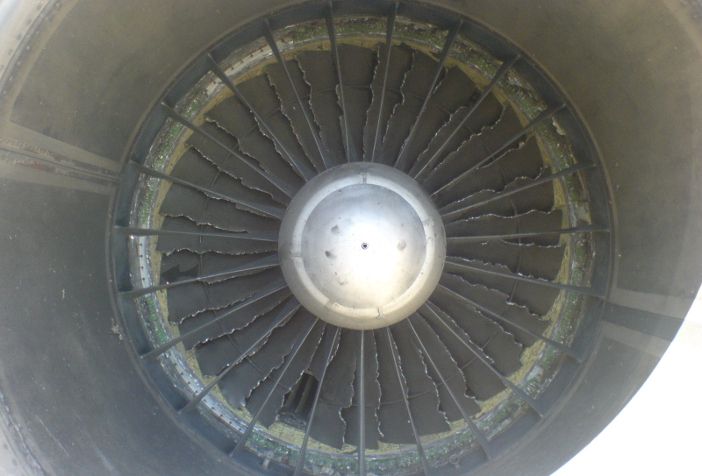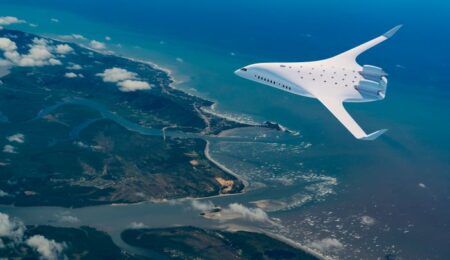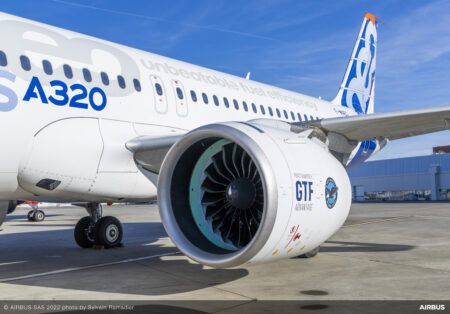The US Federal Aviation Administration (FAA) has proposed an extra certification test to address the problem of birds flying into aero-engines and causing engine failures during take-off and landings.
The current regulation, 14 CFR 33.76 requires the testing of a turbofan engine’s fan blades to ensure they continue to operate if a bird is sucked into them, but does not cover a bird’s impact inside the engine core.
The new test requirement being proposed by the FAA will mean that to obtain certification, engine manufacturers will have to show that the engine core can operate after “ingesting a medium sized bird while operating at the lower fan speed associated with climb or landing”.
The new requirements would be added to 14 CFR 33.76. They aim to address the problem of flocks of birds such as geese being sucked into an airplane engine, as happened in the 2009 incident at New York’s LaGuardia airport, which was later made into the movie Sully: Miracle on the Hudson.
The FAA’s new proposed test for a bird strike during take-off requires that a bird is fired at the engine core at a speed of 250kts, with the mechanical engine fan speed set at the lowest expected speed when climbing through 3,000ft altitude above ground level (AGL). The engine would then be required to run with no less than 50% take-off thrust allowed during the first minute after bird ingestion.
If the engine passes that test with no parts of the bird entering the core, the manufacturer will be required to perform a further test in which a bird is ingested at 200kts, with the engine set at the lowest fan speed expected when descending through 3,000ft altitude AGL on approach to landing. The engine should run for six minutes after the impact.
The FAA estimates that the cost of this proposed rule change will be US$52m over 27 years, but will save the industry US$61m over the same period.
The proposed rule change “Medium Flocking Bird Test at Climb Condition” can be viewed here with comments open for submission until the September 4, 2018.
July 9, 2018





